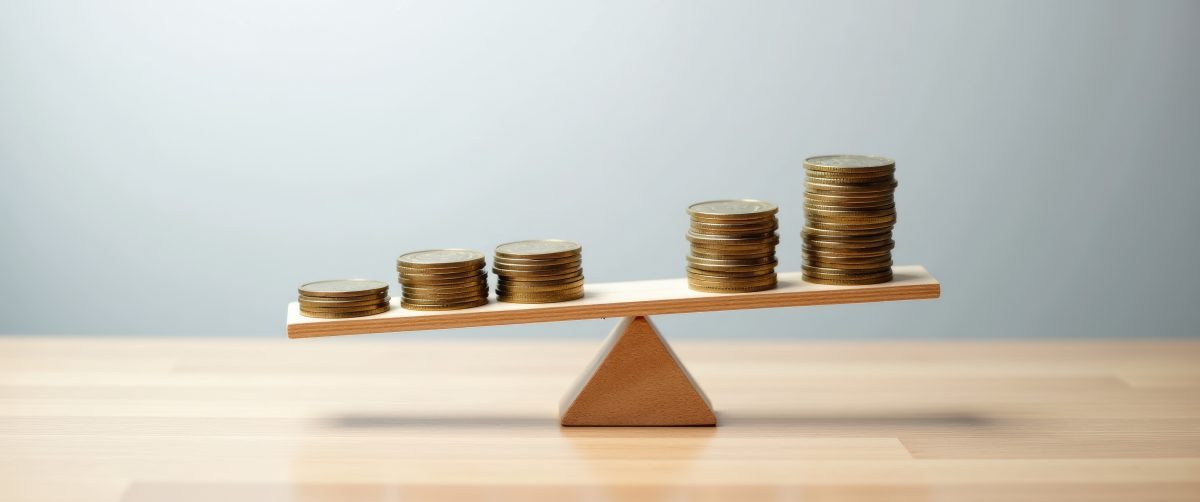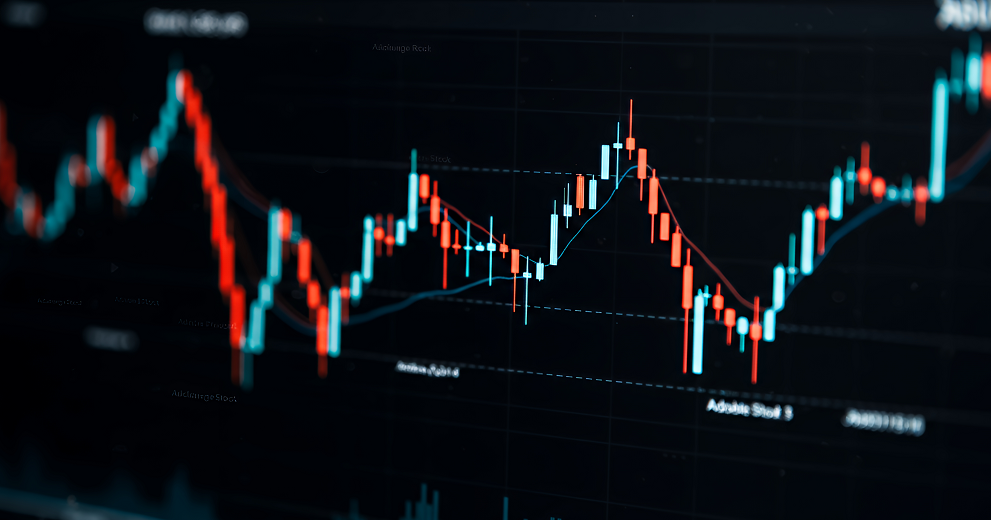Leverage is vitally important, yet it remains a misunderstood concept for many traders.
The leverage ratio essentially governs the margin required in an account to trade.
1:100 leverage means for every 100 USD traded, 1 USD margin is required (or 1%). 1:200 leverage, therefore, means for every 200 USD traded, 1 USD margin is required (or 0.5%). Here, a trader can effectively control 200 x more money than what is in the account.
Lots
- A standard lot is 100,000 currency units.
- A mini lot is 10,000 currency units.
- A micro lot is 1,000 currency units.
As an example, one standard lot of EUR/USD is 100,000 euros, while one mini lot of EUR/USD represents 10,000 euros.
Currency pairs consist of two currencies. The euro, in the case of EUR/USD, represents the base currency and the US dollar denotes the quote or counter currency. It is the base currency that’s bought/sold, always representing 1 unit. The quote currency informs traders what the value of the base currency is worth.
If GBP/USD trades at $1.3000, 1 GBP is valued at 1.30 USD. 10 GBP, therefore, would be worth 13.00 USD.
Is Leverage a Loan?
Leverage in the derivatives market, including spot FX, is not a loan from your broker as derivatives are based on agreements. Unlike futures and options contracts, margin FX products traded through MetaTrader cannot be settled by physical or deliverable settlement of currencies – they’re rolled or swapped indefinitely and settled in cash.
In spot Forex, currencies are traded in pairs. If you enter long GBP/USD at $1.2000, you agree to buy GBP and sell USD. Remember, spot FX trades in agreements.
With the above in mind, imagine GBP/USD trades at $1.2900 and the trader enters long 100,000 units, 100,000 GBP are to be received and 129,000 USD are to be delivered within the agreement. Say the pair trades to $1.3000 and the same trader decides to liquidate the position (the agreement), 100,000 GBP is now worth 130,000 USD, a 1,000 USD profit. No currency ever changes hands and no loan is required from the broker.
Margin
Margin is a percentage of your equity put aside by your broker to execute trades. This is to cover the possibility of loss in your account. Margin is not a cost or a fee. This value, used margin, will not fluctuate during a trade. As long as the equity level remains above margin, the account will not hit the broker’s stop-out level.
Free margin is the money in a trading account available for executing additional positions. It’s also the value current position(s) can move against you before the account receives a margin call.
As far as your broker is concerned, your margin requirement will be calculated in your account currency.
- If your account is denominated in USD and the base currency of the pair traded is also in USD, the margin requirement can be calculated by dividing your leverage ratio. For instance, an account set at 1:100 equates to a 1.00% margin requirement (1/100). So, trading one standard lot (100,000 units) equals 1,000 USD margin. Trading one mini lot (10,000 units) equals 100 USD margin.
- If your account currency is different to the pair traded, a different calculation is required. For an account denominated in AUD, though trading EUR/USD, multiply the position value (100,000 units for a standard lot) by the current EUR/AUD price and then multiply this value by the margin percentage (1% in this case). To trade EUR/USD with an account denominated in AUD at current prices you need 1,631.6 AUD margin (100,000 * 1.6316 [EUR/AUD] * 0.01).
- If your account currency is the same as the quote currency of the pair traded, you must multiply the position value (100,000 units if one standard lot) by the current price of the pair traded and multiply this value by the margin percentage, which in this case is 1% (1:100 leverage). Trading EUR/AUD with an account denominated in AUD, with one standard lot, requires 1,630.9 AUD margin to execute a trade (100,000 * 1,6309[EUR/AUD] *0.01).
The Stop-Out Level
Forex brokers seldom call clients to initiate a margin call. However, it is an option in cTrader, a trading platform provided by many popular brokers in the retail foreign exchange industry.
The term you need to focus on is the stop-out level. IC Market’s stop-out level on MT4/MT5 and cTrader is 50%. This means if your equity dips beneath 50% of your used margin level, the platform will automatically liquidate the most unprofitable trades. So, if used margin is 1,000 USD and your account trades to 499.99 USD (49.9%), trades will begin to close. At this point you also have the option of depositing additional funds to increase your margin level.
The accuracy, completeness and timeliness of the information contained on this site cannot be guaranteed. IC Markets does not warranty, guarantee or make any representations, or assume any liability regarding financial results based on the use of the information in the site.
News, views, opinions, recommendations and other information obtained from sources outside of www.icmarkets.com.au, used in this site are believed to be reliable, but we cannot guarantee their accuracy or completeness. All such information is subject to change at any time without notice. IC Markets assumes no responsibility for the content of any linked site.
The fact that such links may exist does not indicate approval or endorsement of any material contained on any linked site. IC Markets is not liable for any harm caused by the transmission, through accessing the services or information on this site, of a computer virus, or other computer code or programming device that might be used to access, delete, damage, disable, disrupt or otherwise impede in any manner, the operation of the site or of any user’s software, hardware, data or property.





